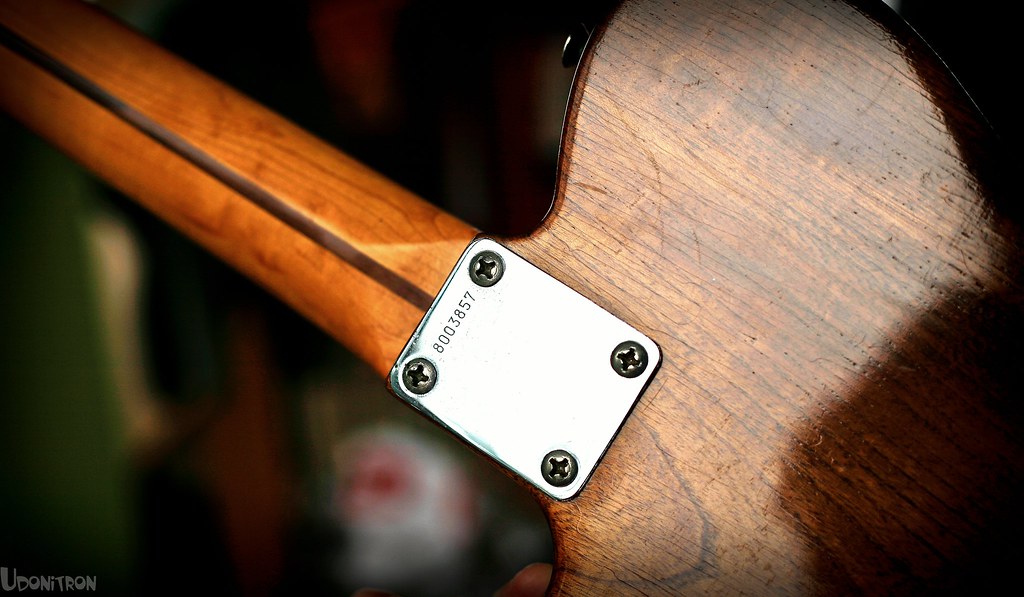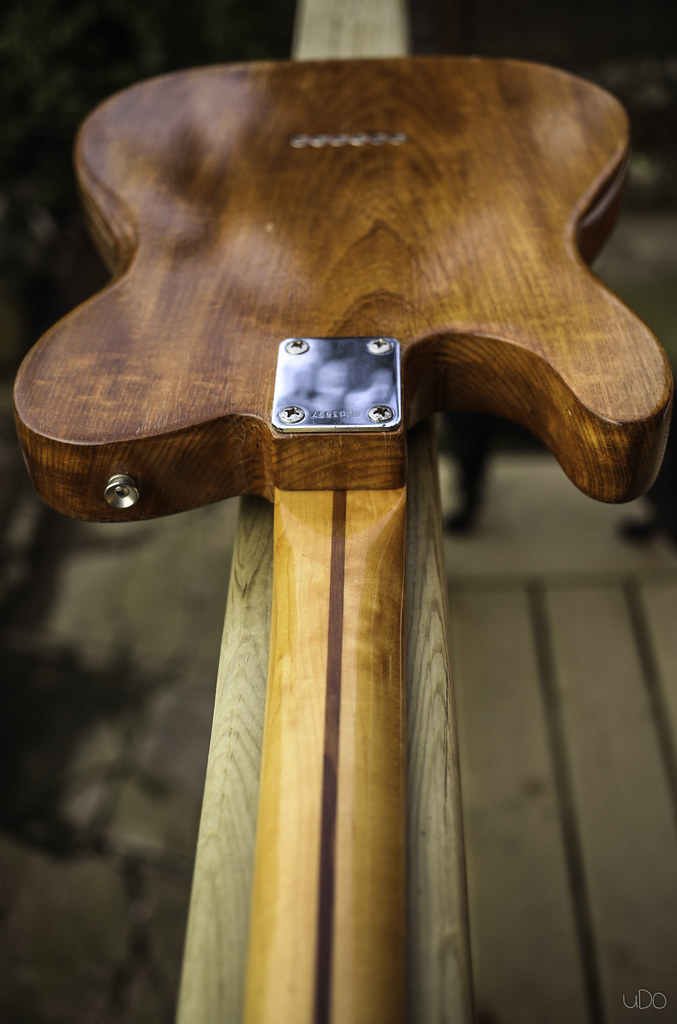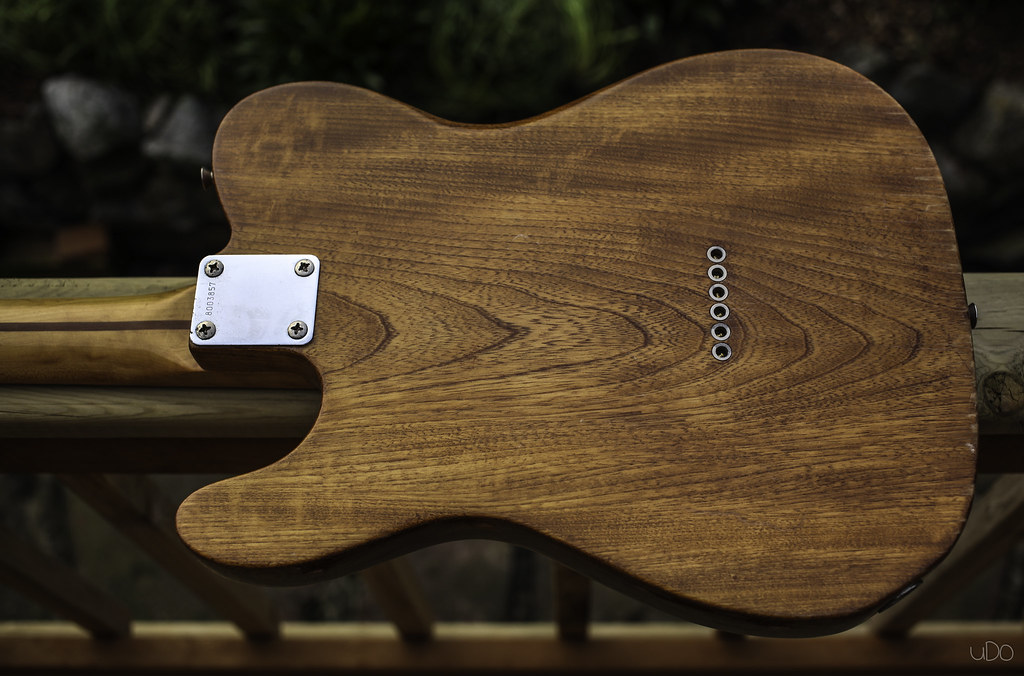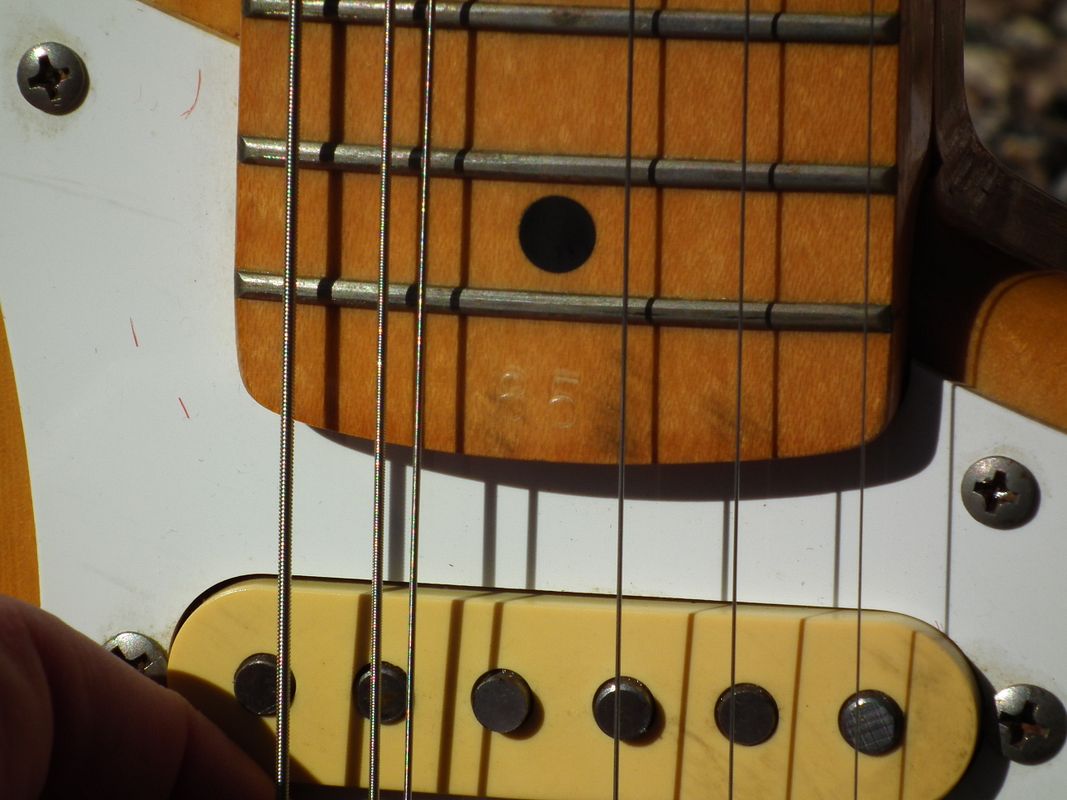Reborn Old
Well-known member
- Joined
- May 11, 2010
- Messages
- 481
- Reaction score
- 4
Just my personal opinions, but sorry, it looks refinished to me.
Finish is not evenly applied or remotely close to a finish Tokai ever used, prototype or not. I think it was natural finish originally.
Without the benefit of having it in front of me, body edges look rounded in places, and original finish would have worn in those places.
As to convincing aging ... perhaps it saw heavy usage very early in it's life, and was refinished many years ago ? Tokai nitro doesn't crack or craze.
Prototype or not, I can't see Tokai leaving a headstock blank either, and the neck + neck plate don't look nearly as aged as the body in pics,
so serial # plate and neck might have been added later ?
Why would a perceived 1978 TE-80 have a 1 piece body when 1979 examples like that TE-80 GS you just identified have a two piece body ?
The only piece that lends credibility to an early Breezy is the no name
gold bridge. Not enough proof of something that probably doesn't even exist.
Finish is not evenly applied or remotely close to a finish Tokai ever used, prototype or not. I think it was natural finish originally.
Without the benefit of having it in front of me, body edges look rounded in places, and original finish would have worn in those places.
As to convincing aging ... perhaps it saw heavy usage very early in it's life, and was refinished many years ago ? Tokai nitro doesn't crack or craze.
Prototype or not, I can't see Tokai leaving a headstock blank either, and the neck + neck plate don't look nearly as aged as the body in pics,
so serial # plate and neck might have been added later ?
Why would a perceived 1978 TE-80 have a 1 piece body when 1979 examples like that TE-80 GS you just identified have a two piece body ?
The only piece that lends credibility to an early Breezy is the no name
gold bridge. Not enough proof of something that probably doesn't even exist.

















